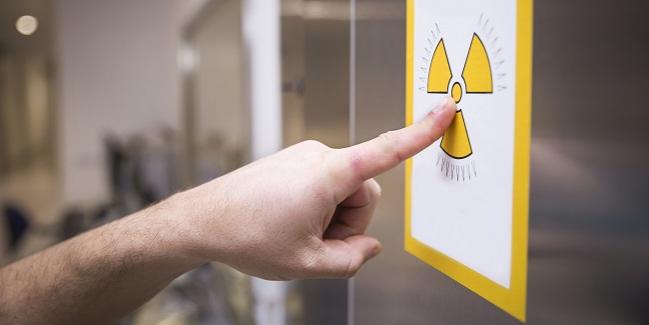Radiation Doses Have Decreased Over Time for CTO Procedures
While the news from PROGRESS-CTO is good, there’s still room to improve by minimizing radiation even further in the cath lab.

New data from a long-term registry of patients undergoing PCI of a chronic total occlusion (CTO) shows that radiation dose has been decreasing over time, with newer equipment probably playing a role in helping to keep exposures low.
The data are the latest from the PROGRESS-CTO registry begun in 2012 at 26 US and four international high-volume PCI centers.
Senior author Emmanouil S. Brilakis, MD, PhD (Minneapolis Heart Institute, MN), said the findings demonstrate that CTO operators are getting better about reducing radiation doses, although there is still work to be done to get exposure to radiation as close to zero as possible.
“We're going in the right direction,” Brilakis said.
Published as a research letter online September 25, 2020, in Circulation: Cardiovascular Interventions, the data offer the latest update on 6,457 CTO PCIs performed in 6,305 patients from 2012 to 2020 in PROGRESS-CTO.
Over the entire study period, median air kerma radiation dose was 2.3 Gy. Rates decreased over time, but varied according to the X-ray system used. Similarly, the use of newer X-ray systems and other equipment in procedures increased over time. Use of IVUS, in particular, was associated with a lower median air kerma dose than was seen in procedures performed without IVUS (2.1 vs 2.4 Gy; P < 0.0001).
Factors associated with the biggest air kerma doses (> 3.235 Gy) were higher median body mass index, prior CABG, and higher J-CTO and PROGRESS-CTO scores.
Brilakis attributed the strides made to newer technologies. “X-ray systems are better—they are expensive, obviously—but the newer system seems to be associated with much lower radiation dose,” Brilakis noted. He added, however, that modifying older machines in the cath lab has been shown to be efficacious in the absence of newer equipment. In a study published in 2017 in Catheterization and Cardiovascular Interventions, researchers found that reducing the fluoroscopy frame rate and limiting the cineangiography frame rate from 15/s to 7.5/s on existing X-ray equipment significantly reduced the dose area product, air kerma, and operator exposure, with no skin damage to patients.
In addition to the use of newer equipment, Brilakis and colleagues say other explanations for the stepwise decrease over time in radiation dose in the registry include improvements in CTO technique and increasing operator expertise.
To TCTMD, Brilakis said even among experienced operators there is room to push harder to get radiation doses as low as they can go without compromising procedural success or patient safety. Radiation skin injuries are a concern with CTO PCI procedures, and while PROGRESS-CTO has reported none so far, he said it doesn’t mean none happened.
“It’s reassuring that we don’t have any major radiation skin injuries, but minor injuries might still have happened and they just were not caught,” he added. For example, patients with injuries that were not noticeable until weeks after the procedure may not have been reported in the registry because patients didn’t consider them serious enough to seek treatment.
“So, there is definitely a lot of room to improve, not only by using new machines, but even if you have an old machine you can properly calibrate it and optimize it so that you minimize radiation dose as much as you can,” Brilakis said.
Overall, Brilakis said when it comes to CTO PCI and radiation, the biggest issue is awareness in the cath lab.
“The fact is, radiation doesn’t get discussed as much as it should, even for complex procedures. We do have options for further reducing radiation dose, but they’re not being used as much as they could be,” he concluded.
L.A. McKeown is a Senior Medical Journalist for TCTMD, the Section Editor of CV Team Forum, and Senior Medical…
Read Full BioSources
Vemmou E, Alaswad K, Khatri JJ, et al. Patient radiation dose during chronic total occlusion percutaneous coronary intervention: insights from the PROGRESS-CTO registry. Circ Cardiovasc Interv. 2020;13:e009412.
Disclosures
- Brilakis reports receiving consulting/speaker honoraria from Abbott Vascular, the American Heart Association (associate editor of Circulation), Amgen, Biotronik, Boston Scientific, the Cardiovascular Innovations Foundation (Board of Directors), CSI, Elsevier, GE Healthcare, InfraRedx, Medtronic, Siemens, and Teleflex; receiving research support from Regeneron and Siemens; and being a shareholder at MHI Ventures.


Comments